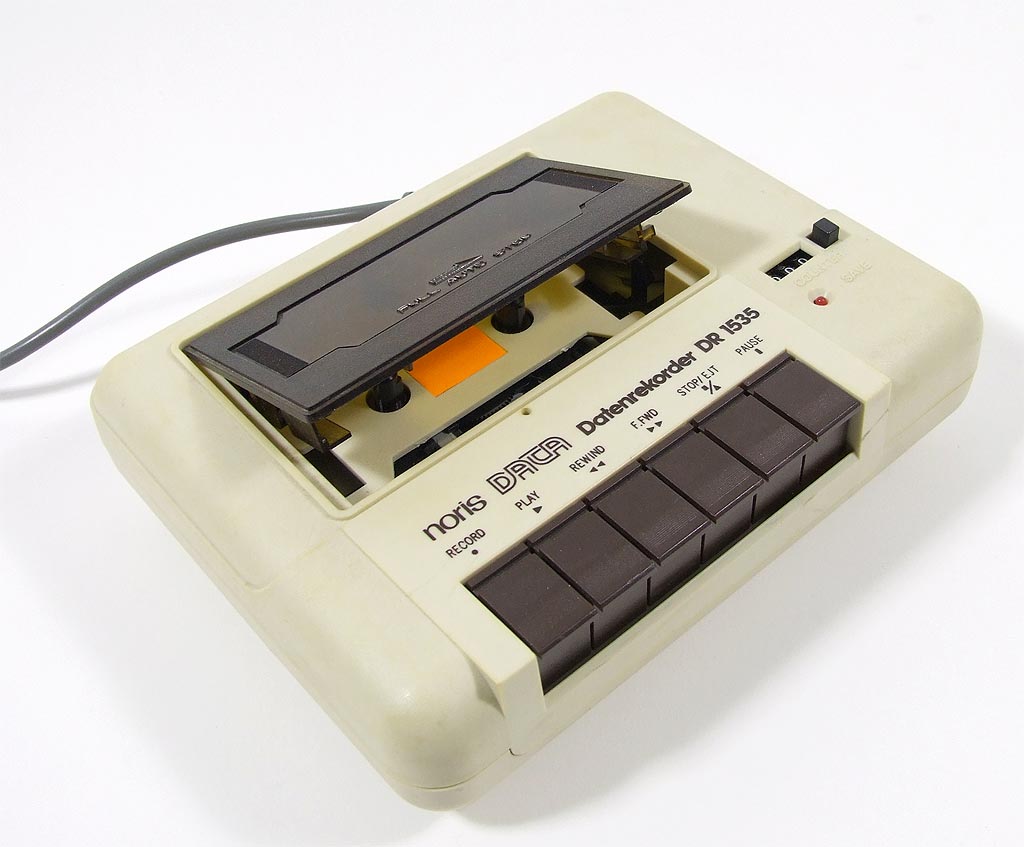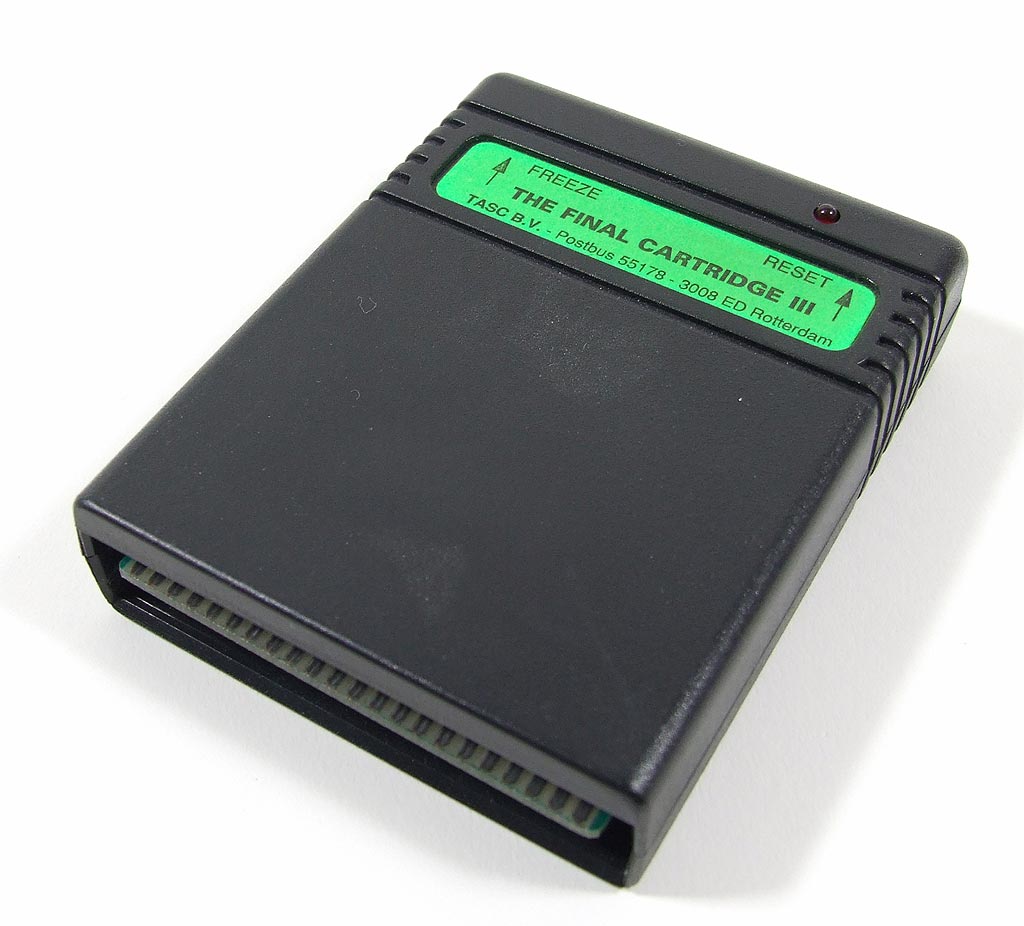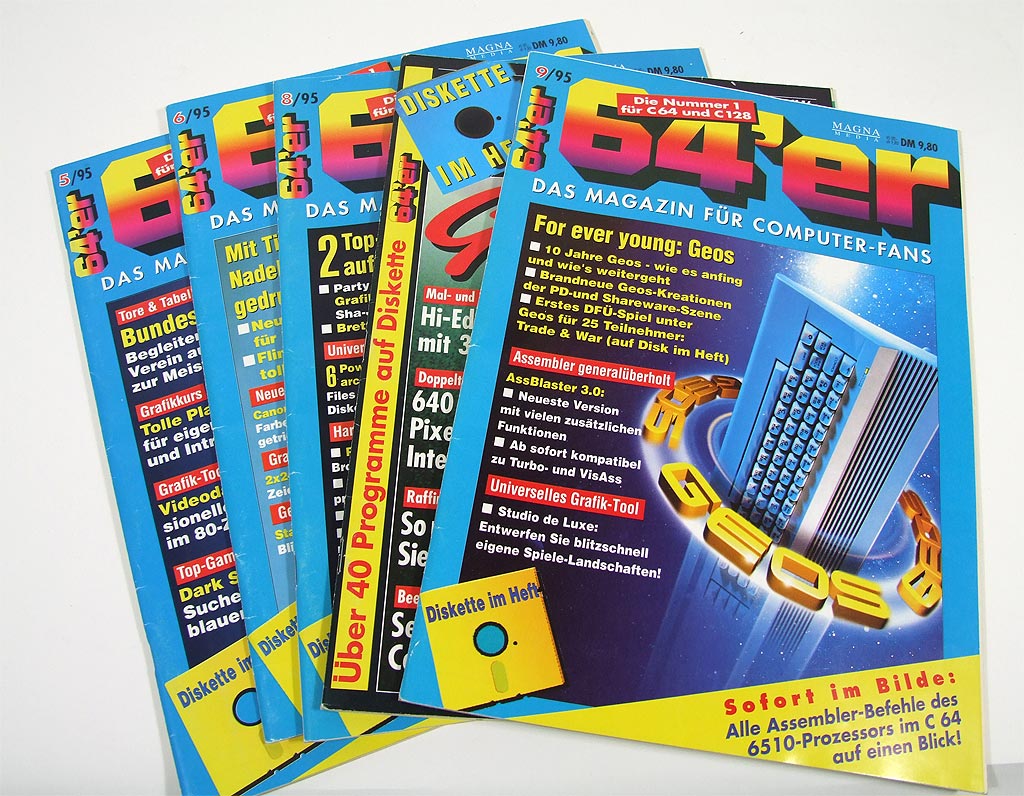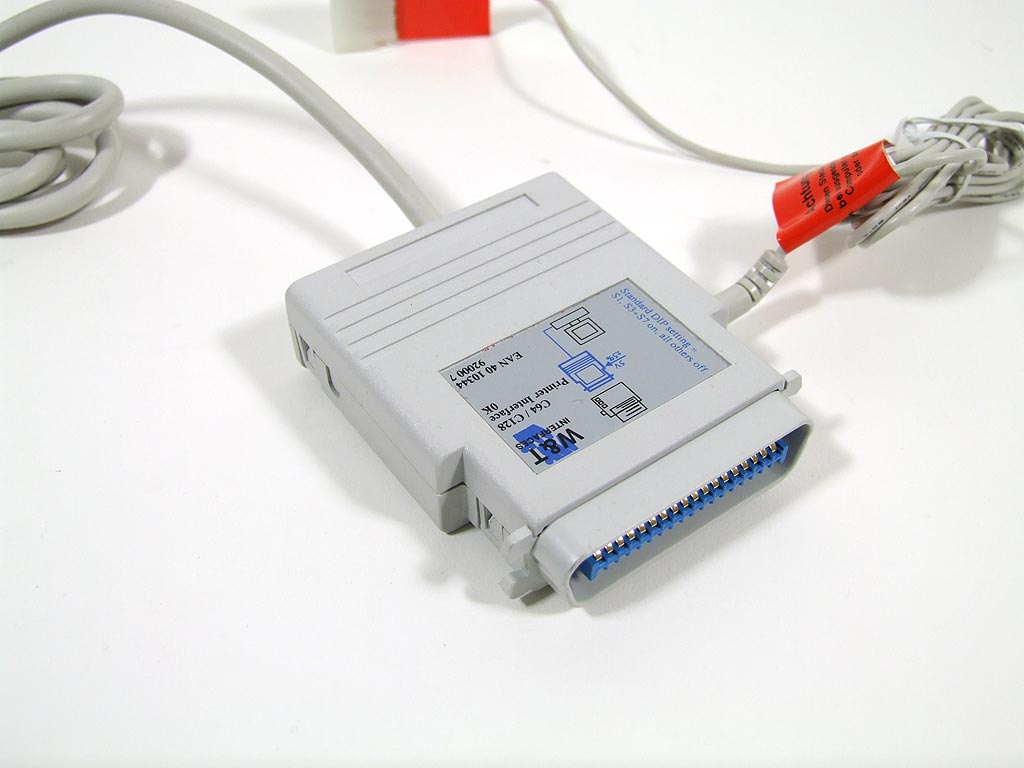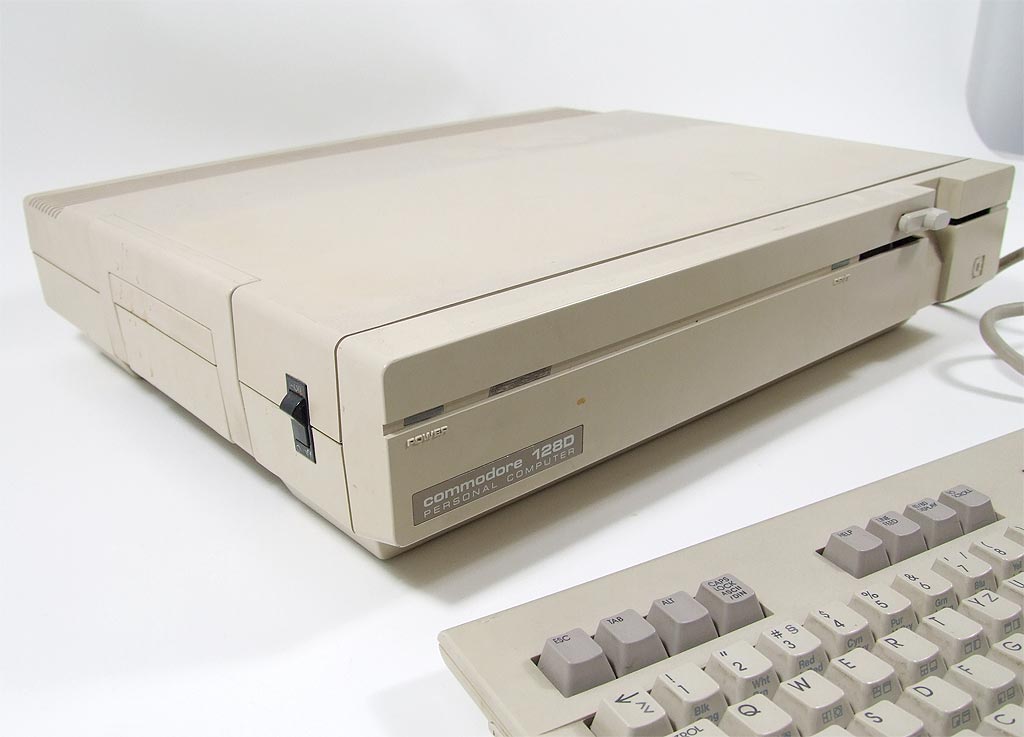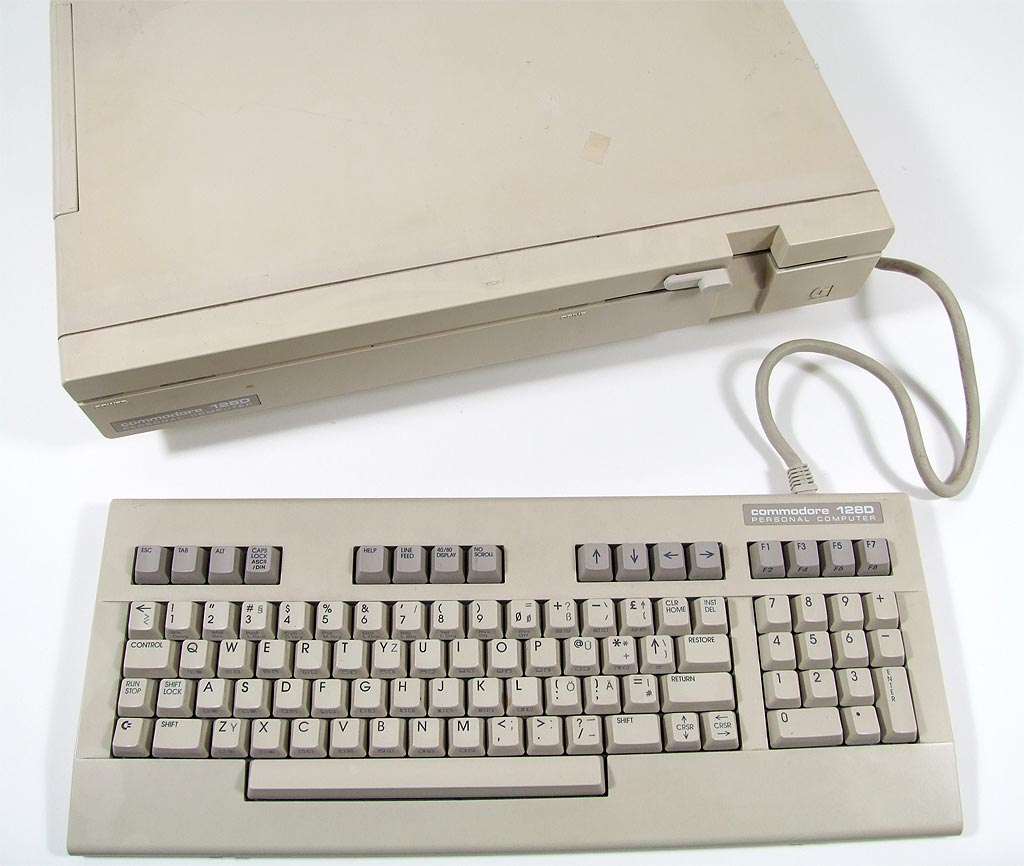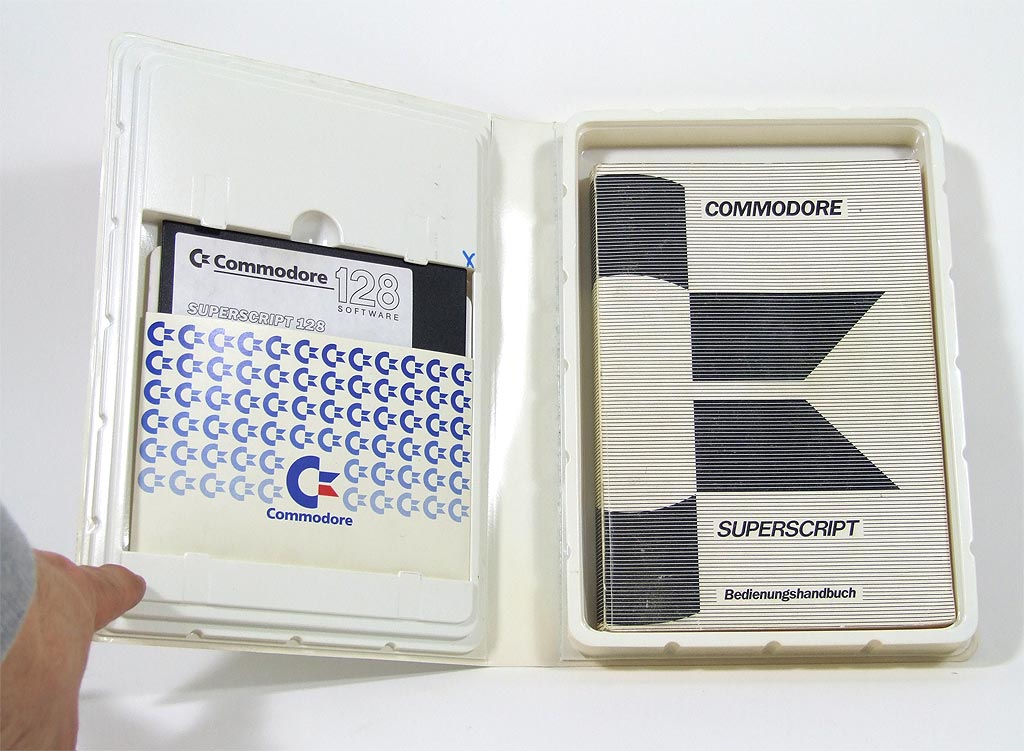Flashback: The Commodore 64 In Pictures
Datasette
The budget method for data storage on the Commodore was the Datasette, which used widely-available compact audio cassette tapes as its storage medium. By keeping track of the revolution counter, users could return to and reload stored programs. With help from various types of turbo software accelerators, this cassette drive was about as fast as a diskette drive, and could store more data. But the device also required constant azimuth adjustments to the read/write tape heads, using a jeweler's screwdriver and an azimuth adjustment program to get settings just right. Today's users would never accept such a need for constant calibration and adjustment!
The Final Cartridge III
The best-sellling Commodore C64 cartridge of all time was called The Final Cartridge III, produced by Riska B.V. Home and Personal Computers. It included reset and freeze buttons that could permit program execution to be reset, frozen and restarted on demand. It also include a fast loader that increased the speed of the disk drive, and a way to disable all extended features for use with programs that required an unaltered, plain vanilla C64 runtime environment. At its debut, this cartridge cost about $50 (100 DM).
The Last Days Of GEOS
The final days of the Commodore C64 began with the release of GEOS version 2.5 in 1993.
64'er Magazine
In Germany, the most active outlet for the C64 community was 64'er Magazine, which served for many years as a primary source for market and technical information. In the US and Canada, numerous publications served this community as well, including some names now long forgotten, such as Compute!, Gazette Magazine, Run, Ahoy, Commodore Power Play, ZZap!64, Commodore World, and Die Hard. The Canadian Commodore society has a nice gallery of related publications on its Commodore Computer Magazine Articles archive page. Some used magazine dealers even specialize in reselling used Commodore publications from this era.
Code Listing Via Sheer Effort
This was also an era when lots of important software had to be typed in (or switched in) by hand, using the "Checksummer" utility to key individual code groups one at a time. This work often took an unbelievable number of hours to complete. By today's always-on Internet standards this level of labor (and love) is nearly unimaginable.
Centronics Printer Interface
A W&T Centronics printer interface for the Commodore 64 and 128 cost nearly $50 (100 DM) back in the day.
Commodore C128D
A real heavyweight: the Commodore C128D (aka "Diesel"), with its built-in diskette drive and external keyboard, cost nearly $500 (1,000 DM) in 1987.
Get Tom's Hardware's best news and in-depth reviews, straight to your inbox.
Commodore C128D
Despite its name, most users ran the Commodore 128 in its C64 emulation mode. The C128 also included a genuine CP/M operating system onboard as well.
Commodore C128D
Three CPUs in a single enclosure: 1985 witnessed the introduction of the C128, originally conceived as a successor to the C64. In contrast to the C64, the Commodore 128D worked in three different modes. Along with its native C128 mode, it supported a C64 emulation mode and a CP/M mode. In fact, the C128 also integrated a 4 MHz Z80 processor specifically for CP/M support.
Special Software For The Commodore C128
Software designed specifically for the Commodore C128 was rare and hard to find, which is why most users ran their C128's in C64 emulation mode.
-
BallistaMan I thoroughly enjoyed this article. 'Twas a great read for all the "newbies" like me who can't remember much beyond when CPUs were around the 100MHz range.Reply
It's amusing that people were actually quite productive with these things. I know I could never do it. xD -
A nice blast from the past, remembering all the hours wasted doing nothing but rebooting and playing with 10 print... 20 goto 10... etc :)Reply
-
neiroatopelcc Last month I found an old C64 magazine dated februar 1989 in a pile of stuff at home, and I started browsing some of it. It's funny to see that nothing much has really changed since then - except for speed.Reply
The cdrom drive has existed since 86, and since 87 or 88 you could get an adapter for your c64 so you could use an audio cd to load software the same way you use your tape ... also I was surprised that a 30mb seagate harddrive only cost 500DM - I would've expected more considering I hadn't even heard of a harddrive at the time. And 30mb was afterall massive compared to the storage on a 5,25" floppy.
Nice lookback to the old stuff though :)
-
arkadi Grate article,Reply
I am sure if i look hard, I will find mine some ware.
To bad no benchmarks lol -
Wow lots of memories there loved the article. Back in the day i liked the Atari systems.(i miss those for some reason)Reply
I remember spending two days on a program inputting all that code for a frog that went beep and waived its arms.
But that was my dads computer my first was an 8088(my first intel pc)from there was a 386sx 16mhz with turbo 1mb ram a 45mb hard drive, brand new vga monitor and the state of the art sound blaster(with Dr. spatso) anyone remember that. -
loftie Ahh this brings back some memories! We had two C64s - the sound went on the first one :( I just remember playing Wizard of Wor, Crystals of Zong and CJ's Elephant antics.Reply
No overclocking? ^^ -
LightWeightX I had a C128 and a C64. My first "IT" job was repairing C= computers. I also ran a C-Net BBS. Ah the memories, single sided floppies,300 baud, typing in programs from magazines, 5 minute load times, life was simple.Reply -
TechDicky C64? No sir... had a couple of friends with them... Me and my old man, where hardcore Trash-80 guys... had the original grey one and then later a CoCo (Color Computer) II. He was a hardware guy. piggy backed memory to make it double what RadioShack offered. Made a cartridge with an eeprom and a thumb switch so that we could dump cartridges to audio cassette and then reload the "backups" anytime we wanted, to the eeprom cartridge and then run it from there... hah, must have taken like 30 minutes to load from audio cassette. At the time I was mostly just playing with the software side. Writing programs in Basic, etc... at first text only, then I learned to do graphics (if you would endulge me and let me call them graphics). Those were the days... I still have a "Hot CoCo" magazine somewhere... and a "Radio-Electronics" magazine with a TRS-80 grey box 4k of memory I think... advertised for something like $800... hah, to think...Reply -
jcknouse the original (tan box, dark brown keys) C-64 was my first real computer. I still have both a working C-64 and C-64 C, as well as 3 1541 floppy drives and a 1702 monitor and tons of 5.25" disks (of which 90% probably don't work now due lol).Reply
I loved the thing, and bought an interface a while back to hook it to a PC so that I can burn all the C-64 software I have (that still works) to CD and can re-claim it anytime I want.
I miss the days of Karateka, Temple of Aphsai, Pirates, Zork, and...ah yes...GEOS.
